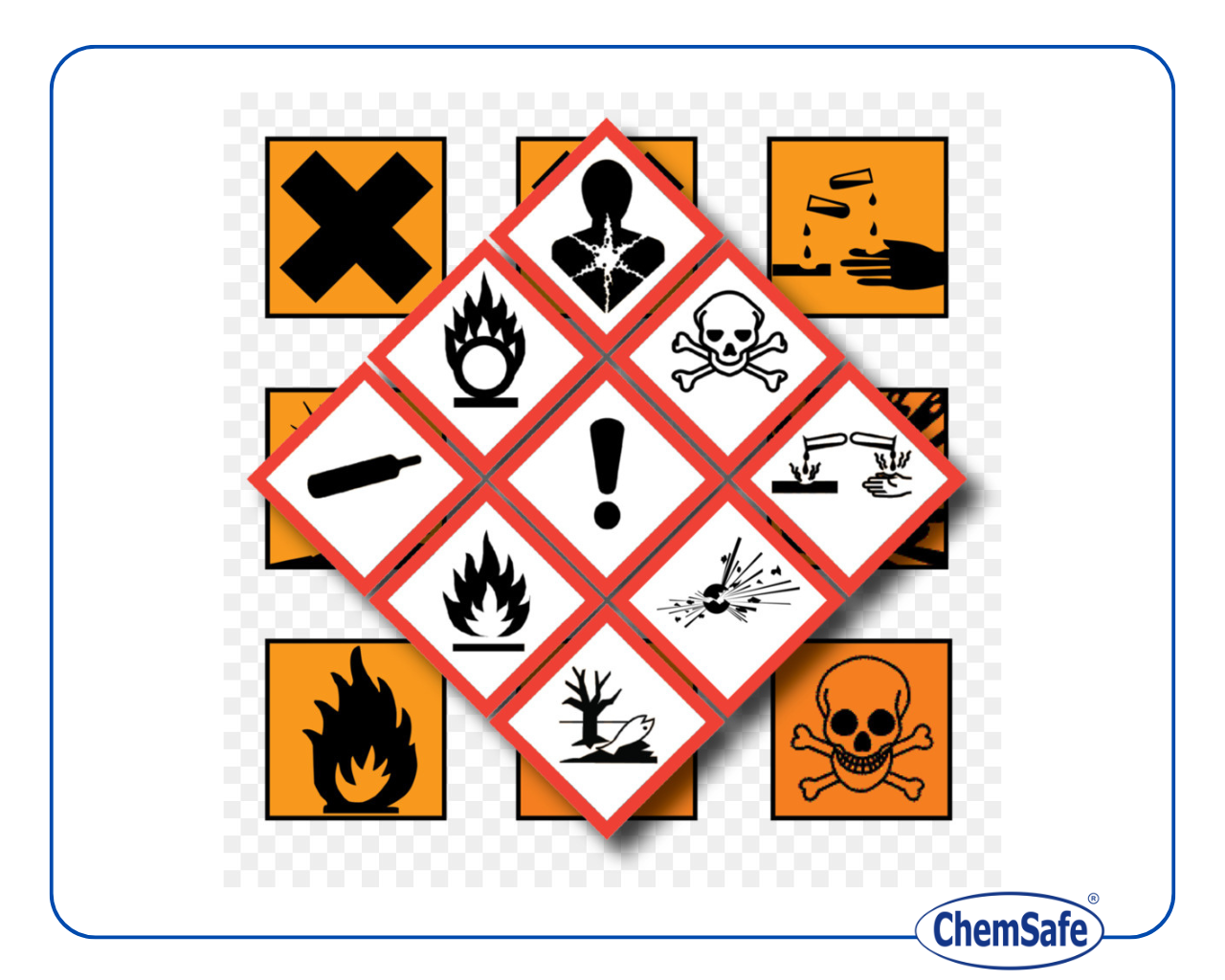Humans and the environment are in perpetual contact with substances and mixtures from different sources. Scientific knowledge about them is increasingly increasing, as is the experience gained from their use.
To reflect the current state of knowledge due to technical and scientific progress and with the aim of improving health and environmental protection, the CLP regulation was amended in 2023 to include scientific criteria on the basis of which to classify, label and package substances and mixtures in new hazard classes.
But what are the new hazard classes and indications?
As of April 20, 2023, Delegated Regulation (EU) 2023/707 came into force, introducing the following hazard classes and indications:

Substances and mixtures identified as endocrine disruptors (EDs) pose a risk to human health and the environment because they can alter the hormonal balance of living organisms. Endocrine disruption can cause harm in humans (e.g., congenital malformations, developmental disorders, cancers, diabetes), while in organisms in natural habitats (aquatic and terrestrial), alterations in reproductive and thyroid functions, developmental alterations, and effects that may impact species conservation have been confirmed.
The list of substances already under ED evaluation can be consulted on the ECHA website, which currently includes 127 substances/entries (last update: November 8, 2024).
PBT and vPvB substances and mixtures are also highly problematic, as they do not readily decompose in the environment and have a tendency to accumulate in living organisms, including humans; their concentration in the environment can have long-term toxic effects. The list of substances already undergoing PBT/vPvB assessment can be viewed on the ECHA website, which currently includes 238 substances/entries (last update: November 12, 2024).
PMT and vPvM substances have low adsorption potential and high persistence and mobility. They can enter the water cycle, escaping even the most modern water purification and drinking water processes, and are able to spread over long distances. Given their ability to accumulate, the effects of long-term exposure to these substances are unpredictable.
As can be seen from the delegated regulation, no pictograms have been assigned for the new CLP hazard classes as a hazard information tool, as they should be agreed at the UN GHS level so that they can be applied in all its members.
Delegated Regulation (EU) 2023/707, applies from April 20, 2023, but as always the following transition periods are provided to give suppliers of substances and mixtures time to comply with the new classification and labeling requirements:

Updated guide to help us in the classification process
To facilitate the implementation of the CLP regulation, in November a.c. ECHA made available the updated guidance for the implementation of the CLP reg, which has been revised, reorganized and now divided into 5 documents, following the introduction of the new hazard classes (Endocrine Disruptors to Human Health and the Environment, PBT/vPvB and PMT/vPvM):
Part 1: General Principles for Classification and Labelling
Part 2: Physical Hazards
Part 3: Health Hazards
Part 4: Environmental Hazards
Part 5: Additional Hazards
Compared with the previous version, this revision follows updates and the introduction of new guidelines. For example:
Part 2: Physical Hazards – Substantial update of all hazard classes, to account for:

Part 3: Health Hazards – Addition of section 3.11 on Endocrine Disruption (HH)
Part 4: Environmental Hazards and Additional Hazards – Addition of sections 4.2 on Endocrine Disruption (Env) and 4.3 on PBT/vPvB and PMT/vPvM.
EFSA provided input in drafting guidance on endocrine disruptors in Sections 3.11 and 4.2.
Useful Links:
- For the list of substances submitted for ED evaluation: https://echa.europa.eu/ed-assessment
- For the list of substances undergoing PBT/vPvB assessment: https://echa.europa.eu/pbt
- For Guidance for the Application of CLP Criteria: https://echa.europa.eu/guidance-documents/guidance-on-clp







